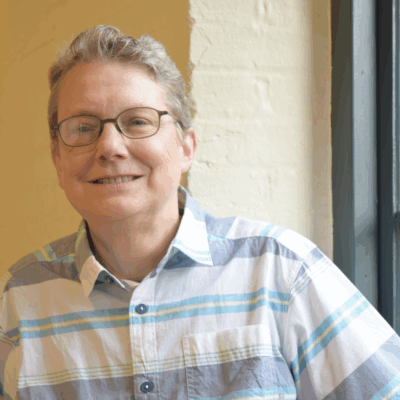October 15, 2013
Cross-posted from The Baltimore Sun, where the oped was published
Just before the government shut down, the Census Bureau released updated income and poverty data that highlight the impact of the Great Recession and nascent recovery. Not surprisingly, poverty has increased across the board, in both cities and suburbs, as a result of the recession. But one finding has been held out as a surprise: Brookings Institution researcher Elizabeth Kneebone's point that poverty is increasing faster in the nation's suburbs than in its cities.
While true, her finding must be read in context, especially here in Baltimore, where our suburbs have fared much better than the national trend and our city has been hit harder than other cities.
Even in the midst of the Great Recession, Ms. Kneebone's data shows that the poverty rate in the Baltimore suburbs increased by only 1.5 percentage points, from 5.9 percent to 7.4 percent. That is only half of the national poverty rate of 15 percent. In fact, relative to other regions nationwide, the Baltimore region actually improved from the 9th lowest suburban poverty rate in 2007 to the 4th lowest suburban poverty rate in 2012.
Meanwhile, the city's picture is less rosy. Unlike the region's suburbs, Baltimore City actually started off worse than most other cities in the country - and then declined even further in relation to them. In the process, the city lost the gains made in the boom years before the recession.
Pre-crash, the city poverty rate was 20 percent - as good as it had been in recent memory, but still much worse than the Baltimore suburbs in national rankings, where it stood at 56th most impoverished among 97 cities. By 2012, that ranking had dropped even lower, to 63rd, thanks to an increase in the number of poor in the city. Between 2007 and 2012, 40 percent of the region's increase in people with incomes below the poverty level was in Baltimore City - even though the city makes up only 23 percent of the region's population. As a result, the city's poverty rate shot up from 20 percent to 24.8 percent.
So what do all these numbers tell us about our metro region and poverty in the city and suburbs?
Certainly, there are some struggling suburban communities, but overall, the suburbs appear to have been able to weather and absorb the increase in the absolute numbers of poor that they experienced during the crash while the already fragile city has been hit hard. Unlike the suburbs, with no population growth and a smaller base of prosperous citizens, the fragile gains made by the city before 2007 could not weather the crash. If you have not visited the distressed neighborhoods of Baltimore City lately, the level of abandonment and destitution you will see is heartbreaking.
Whatever the trends in the "suburbanization of poverty" that may have occurred in other metro areas, the unconscionable disparities in poverty and suffering between Baltimore City and its suburbs appear to stubbornly persist. And because of patterns of residential segregation in the region, the geographic divide is also a racial divide. Prosperity in our region - and in our state, which remains the wealthiest in the nation - is not shared.
This inequality has been a trademark of the region for decades now, so long that we accept it as a natural part of the landscape. There are things we can do to narrow the gap, but first there must be a will to do so.
The good news is that for the first time in a long time, the disparities are being openly acknowledged by the region's political and civic leaders. Local governments and state agencies have joined with civic organizations to win a federal grant to develop regional plans for workforce training and fair housing that will begin to address the region's geographical and racial disparities.
The question we should ask ourselves is, how can we remake our post-industrial region as a sustainable, economically-resilient, global city of the 21st Century while these extremes of prosperity and deprivation persist in our midst?
Barbara Samuels directs the American Civil Liberties Union of Maryland's fair housing program.

